|
This week has been a great one for looking at our projects from different angles and asking more questions. The biggest growth spurt for me and my project was initiated by the DQ Initial Analysis a couple of weeks ago. Articulating my ideas, work, and learning into this framework helped me on so many levels. I began to see connections between the research project I did in the fall, the subsequent action research I’ve been working on, and the Instructional Design Models we’ve been learning. I was able to start seeing a vague image of my capstone in the distance, beginning to take form. This week’s work has begun to help this vague image of my capstone gain focus and definition. I think, in an Innovative Learning Masters Program especially, it is very important to continue to revisit Punya Mishra’s TPACK model. Watching his video this week caused me to look at the bigger picture and reevaluate how TPACK fits into the framework of my project. Viewing it from a different perspective, I ask myself, “How do all the pieces of the web I call my project interconnect to form a context for technology, pedagogy, and content?” In my project, technology (which Mishra says can be as simple as a blackboard slate) is a valuable piece of the puzzle. Although it might not seem like my project is technology focused, it would be infinitely more difficult to implement without technology. I used technology in the form of simple alphabet games, both on paper and online, to strictly control the methods being used to teach the Kindergarteners. This is important because the people using this technology to teach the students are not trained teachers. They are parents, older siblings, volunteers, and middle schoolers. The pedagogical approach to my project is the most complicated feature of my project. I’m using research on what has been done like this, and also exploring new areas to find the best ways to design the program so that the teaching is effective for the students. Luckily, the content is my best friend. Alphabet sounds is content that virtually anyone in the Kindergarteners’ lives has already mastered, and can help them to do the same. The work we did this week on the THINK SHEET was also especially helpful. This activity gave me a moment to explore, in a visual way, the variables in my project. I created a Mind Map (my favorite visual organizing tool) to explore additional possibilities that could be. Had it not been for this activity, I would have never taken the time to go further. After completing this step, updating my visual prototype (also a Mind Map from bubbl.us) was a snap. Having these two tasks complete made my Table of Contents process a snap. Even though we might not have a Table of Contents for our projects, creating this linear representation of the components of our projects was highly valuable. I was able to organize the elements, while double checking for completeness and for flow.
Continuing to look at our Capstones from multiple angles is essential because it enables us to keep asking ourselves questions that help us to further develop it, and refine it. This process illuminates any unseen gaps, as Dervin might say, allowing us to find our way to a clearer picture of our projects' potential.
2 Comments
How can we develop partnerships to improve the early literacy skills of primary students? If I were presenting on this topic in a conference or training, the first thing I would do is try to connect my audience to the problem. A little more than a third of students enter Kindergarten lacking alphabet knowledge, and four years later, a little more than a third of students are performing below basic on standardized reading assessments. Kindergarten teachers are already working ridiculously hard to catch these students up and teach them what they need to know in order to become beginning readers in first grade, so that they can go on to become proficient readers and access all the content they need to be college and career ready. Where can we look to for help for these students? Perhaps the answer lies in relationships outside the classroom. Perhaps we can draw on relationships outside the classroom to enhance students’ learning after they leave our rooms for the day. How can we build partnerships with parents, siblings, local middle schoolers in after school programs, or extended family to create solid learning opportunities in the sociocultural contexts that are familiar to our students? If I were to walk my audience through the process I have followed up to this point, I would tell them that enlisting parents is definitely worth all the hard work of scheduling evening meetings, getting help from a bilingual parent liaison (if you have one), carefully selecting activities to be done at home… As long as you don’t expect everyone to participate. My experience showed me that a parent intervention program can work...for those who choose to participate. Then I would share the struggle that ensued when I spent hours preparing games and activities for the Boys & Girls Club to implement. I’d tell them how I visited weekly until everyone was comfortable with the plan. And then I’d tell them how hard it was to surrender control. How hard it was to look at the participation logs and realize that students were only given about one session a week during the 3 week duration of the program. Right now, I’m looking forward to collecting some qualitative data to find out how a program with community partners like this could be better. I’m also looking forward (with a little fear, too) to my next round of action research: a sibling tutoring program. I’m excited about the potential, and also scared that I’ll hear horror stories of sibling rivalry from concerned parents... Enter TPACK. As I move into my last round of action research, TPACK helps me to look at a bigger picture to answer my driving question.
Content: What content to the students need to get solid on? Simple: Letter sound knowledge. Pedagogy: How should they be taught? Letter sound knowledge is factual information. Clark tells us that drill and practice is best for factual knowledge. Sweet! Because drill and practice is the perfect kind of activity to put in the hands of novice teachers like volunteers and family members. Technology: What kinds of “technology” tools will best support student learning? The SITE Model reminds us that “technology” doesn’t always have to have an electronic factor--it can also include devices, strategies or systems. Along these lines, I have selected game play and simple alphabet activities as the technology that will best support the drill and practice style of teaching students letter sounds. Examples include letter sound memory games and board games, letter sound bingo, online alphabet games, and online letter sound videos. TPK (Where technology meets pedagogy): How do I choose and manage the technology to best help students learn? I developed some criteria to help guide me in selecting technology and activities. For TPK, I believe the following two criteria apply: Activities must be free, and there must be a high focus on teaching the letter names/sounds, as opposed to higher focus on a game concept. Also, as Clark suggests, activities should mostly be drill and practice. TCK (Where technology and content knowledge meet) This is where I believe my criteria comes into play again. The following two criteria must be met for the games, online activities and tools to be considered for my program. They must:
This week has certainly been a time for synthesis and zooming out to make connections and find missing pieces. I find myself feeling a bit overwhelmed, and at the same time, excited about seeing things more clearly! Plugging away towards my capstone project, this week yielded a peak in clarity for me. Our assignment “DQ Prototype Initial Analysis” required just the right amount of synthesizing and motivation that navigated me towards a clearer understanding of where I’ve been, and how that experience is guiding my process as well as goal destination. Through the guiding outline of the DQ Prototype Initial Analysis, I was able to relate my project to Dervin, Clark, SITE Model, and Pebble in the Pond ISD Model. Just taking the time to process through and find connections from these resources to my work was very enlightening. Things began to make more sense when I realized that the SITE Model is actually the ideal model for my project because it brings the content to students through sociocultural subcontext of family, role models, siblings, and peers. The learning is integrated into the student’s environment in a way that it embeds itself into the values of the network. Learning the alphabet letter names and sounds means spending time with parents before bed, playing a game with an older buddy at the after school program, or figuring out how to beat the next level online with a big brother or sister. I also took a moment to discover that, as the SITE Model would predict, my goals are heavily embedded in the sociocultural subcontext of my life. To go a step further, Dervin’s work would even apply. All of my experiences growing up as a poor latina student in California have led me to this gap filling endeavor that I have constructed. Nearly every job I’ve had has focused on a similar population in some way or another. I really appreciated the steps in this assignment that required us to justify our work. It prompted me to think through some of the next steps in my project and do some further research to confirm that the direction I’m headed is a good one. Now I feel much better about where I am going and how it is all connecting!
This week, as we read Baggio (ch 7-9), Clark (ch 3-6), I struggled with context. The richness and versatility of the content this week had me constantly rotating between three contexts: teaching students, teaching colleagues, and teaching through my capstone project. It is fantastic that these readings apply very well to each of these contexts. For now, I will focus on how the readings helped me to develop ideas around creating a product to share the work of my research and knowledge around my driving question and Capstone project: “How can we develop a network of support for our youngest learners in the early literacy achievement gap?” I felt that Clark gave the most detailed information on how to teach, while Baggio told us how things should look to our learners. So let's start with Clark. Clark:We learned from Clark about teaching procedures, concepts, facts, and processes.
Baggio:Baggio is great for thinking about how to “package” all the learning we want to present to our users. Once we have read Clark, we can process how it might look as we present it in a clean, consumable way for our users.
My application towards creating a resource to share my knowledge and research (Capstone): These readings helped me to consider different aspects of my project, and how I might design my presentation. For example, am I presenting a potential procedure for my learners to follow in order to achieve an impact on students in the early literacy achievement gap? If so, then I must be aware that Dervin says my learner will have a unique perspective as they seek to fill a "gap". I must take into consideration users' different levels of prior knowledge and experience as I plan my presentation. I must be sure to include proper visuals to support my user in understanding the process that I am proposing.
I will have many facts to share with my users (research and knowledge). How will I present this information? Clark mentions the use of reference resources when teaching facts. Perhaps rather than bogging down the user with too many facts or details, some of the content can be presented as reference resources that are accessible when the user wishes to explore them. These might be clickable text or image links to further information as desired. Since I tend to want to give as much information as possible, this would be a good way for me to remember that not all information is needed at once. Also, Clark mentions the use of mnemonic aids. It might be fun to work a mnemonic aid into my presentation to add interest and make it memorable. Clark also often mentions designing practice for users. While my project might not exactly offer practice for real life applications, I might consider including questions for the user to think about. For example, "Who are potential partners in your students' lives?" Another idea to help users apply the knowledge offered by my project might be to include a link to an online quiz or an invitation to follow a hashtag. Baggio inspired me to think about aligning my visuals to what I want to convey in my presentation: feelings, content or action. Perhaps I want my hook to convey feelings, my research and knowledge is my content, and action is the procedure or how-to. If I categorize these aspects of my project as such, my visuals can be better aligned to those goals. Then there's my new favorite Baggio mantra: "levity, brevity, and repetition!" I think the overall big picture to keep zooming out to is Dervin's perspective. As I design my project I need to continuously be aware that learners will all have different levels of education and experiences, values, motives and goals, as they approach the gap they seek to fill. From the Mind’s Eye of the User by Dervin
Upon rereading this text, a few points became clearer with the context of other readings (especially Clark). Here are my “aha” points:
Methodology and Its Methods:
The Visual Connection by Baggio (Ch 4-6) Baggio is such a nice read. I like this content because I have always felt that I am an extremely visual person--to the point that I’m almost anti-audio. I hate noisy environments and I rarely even listen to music. Silence is my favorite song! Key Points:
Develop Technical Training by Ruth Colvin Clark (Chapters 1 & 2) This reading almost felt like a blend of Baggio and Dervin. I think reading this helped me to connect to some of the ideas in Dervin with which I struggled. Key Points:
Instructional Systems Development goes like this:
Task analysis seems to have been done for us for years by our curriculum: accounting for unconscious competence--remembering to teach the tiniest steps that are not obvious to people who are already competent. I think teaching Kindergarten helps teachers develop the skill to pay attention to this. I always say that I think every teacher should have to spend some time teaching Kindergarten! Development: Sometimes I am grateful to have curriculum that has done all of this for us, because of the time it would take. Other times, I wish I could slow down and be creative. Lesson structure includes:
|
Sensemaking and DesignHow do we make sense of sense making in order to design effective learning? Archives
May 2019
Categories |

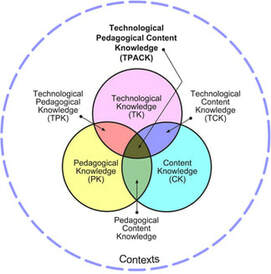
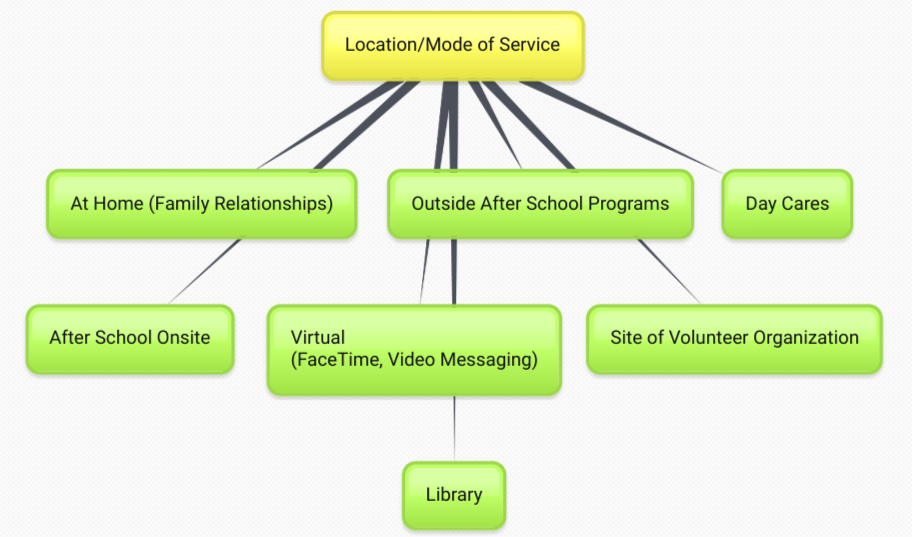
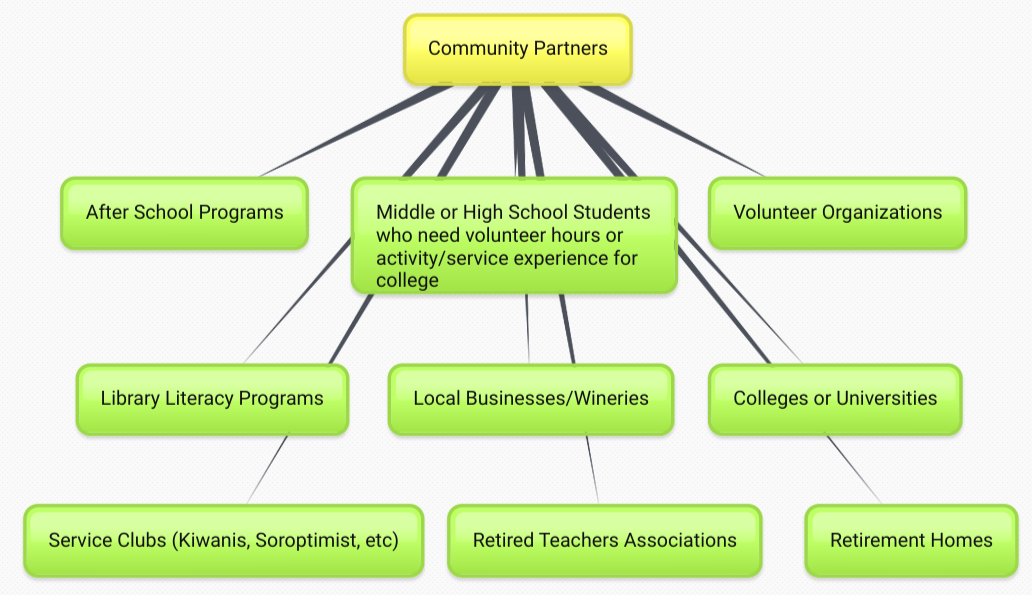
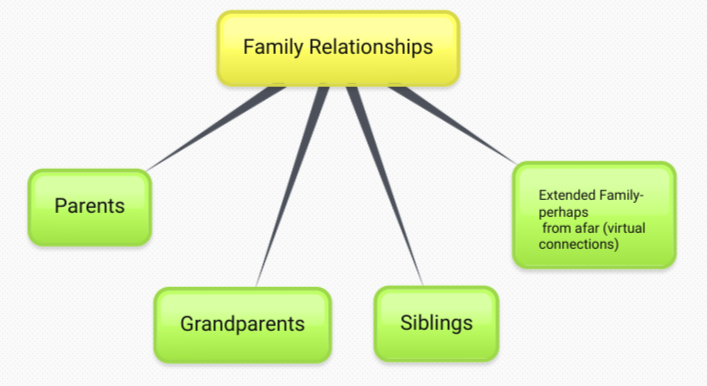
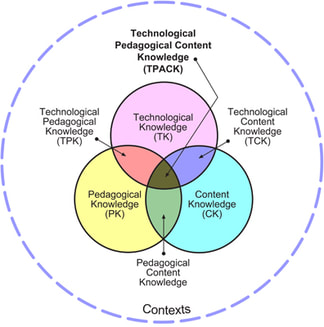

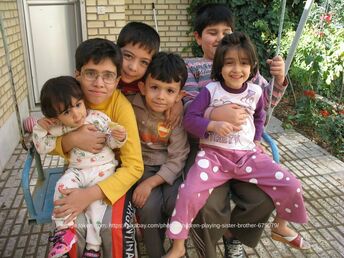
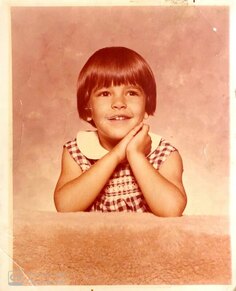
 RSS Feed
RSS Feed